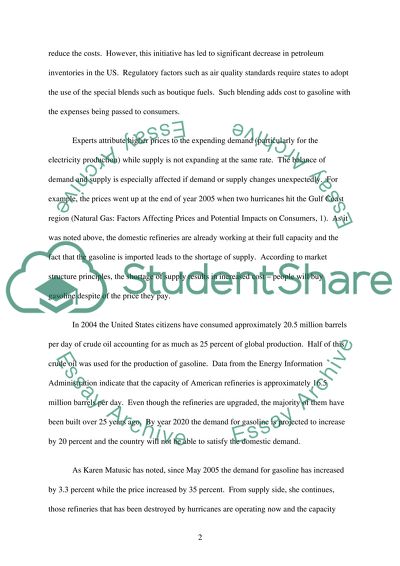Cite this document
(“Gasoline Prices Essay Example | Topics and Well Written Essays - 1500 words”, n.d.)
Gasoline Prices Essay Example | Topics and Well Written Essays - 1500 words. Retrieved from https://studentshare.org/miscellaneous/1526912-gasoline-prices
Gasoline Prices Essay Example | Topics and Well Written Essays - 1500 words. Retrieved from https://studentshare.org/miscellaneous/1526912-gasoline-prices
(Gasoline Prices Essay Example | Topics and Well Written Essays - 1500 Words)
Gasoline Prices Essay Example | Topics and Well Written Essays - 1500 Words. https://studentshare.org/miscellaneous/1526912-gasoline-prices.
Gasoline Prices Essay Example | Topics and Well Written Essays - 1500 Words. https://studentshare.org/miscellaneous/1526912-gasoline-prices.
“Gasoline Prices Essay Example | Topics and Well Written Essays - 1500 Words”, n.d. https://studentshare.org/miscellaneous/1526912-gasoline-prices.


